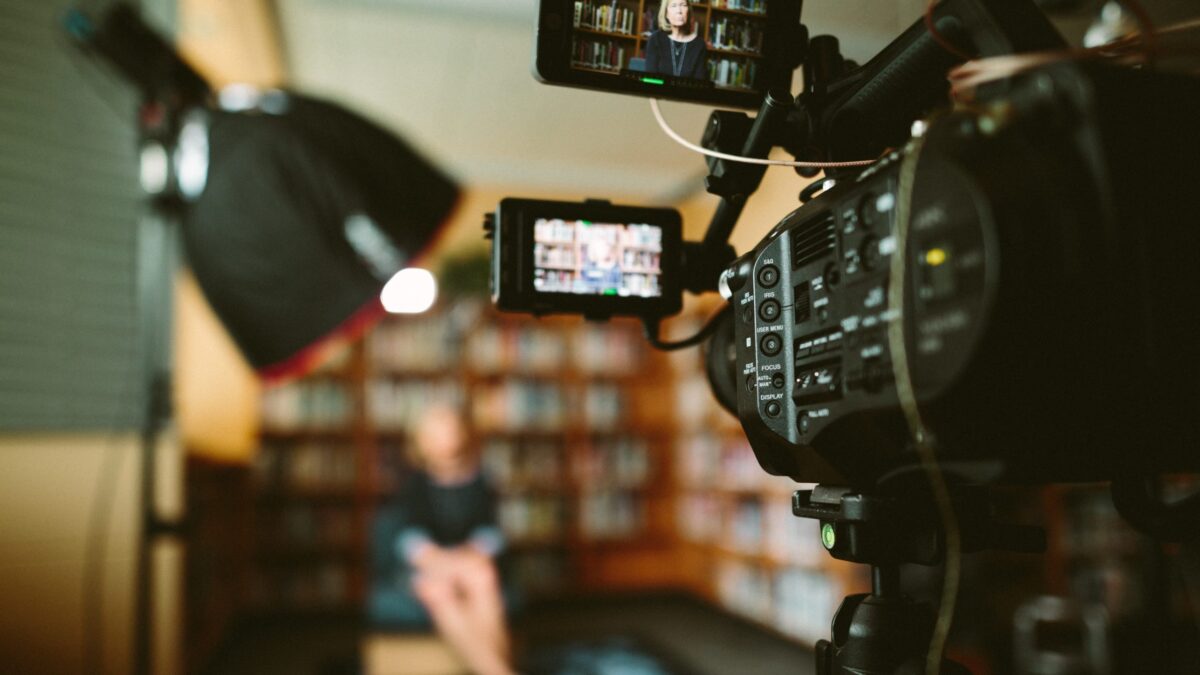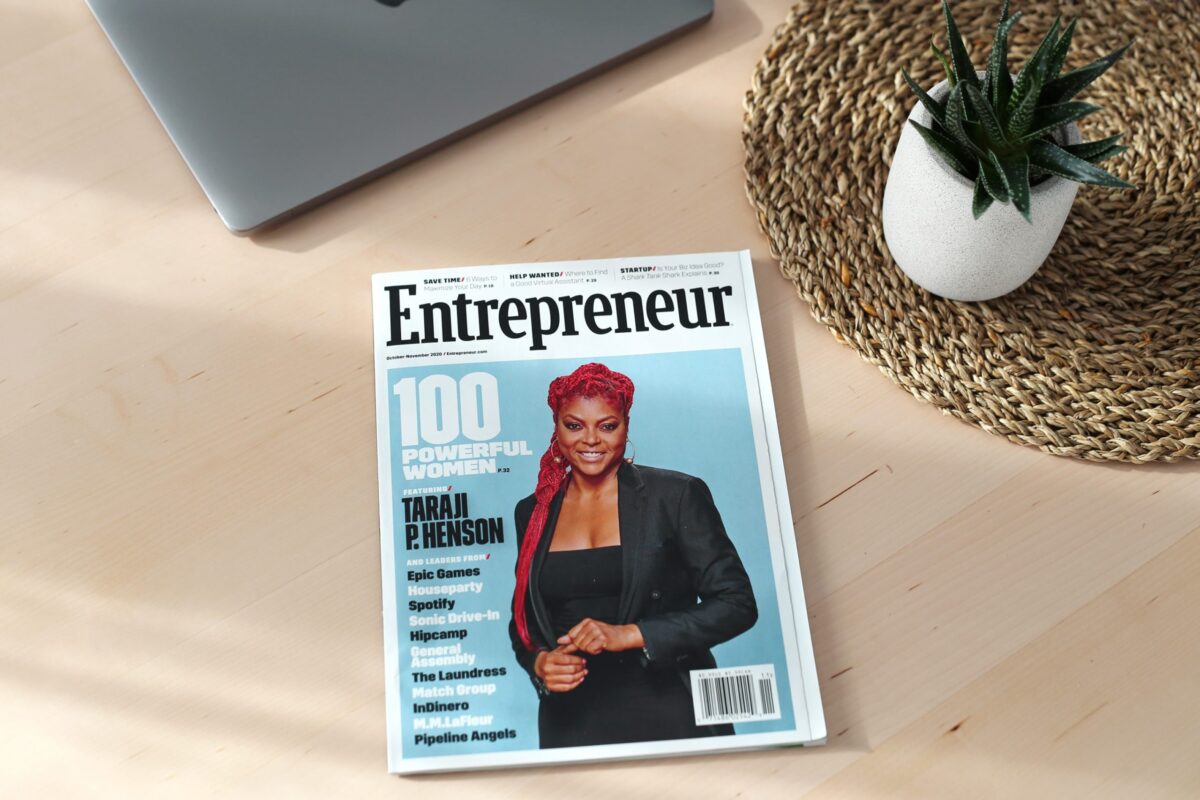No products in the cart.


For many leaders and senior-level executives, the phrase “company culture” may sound like a soft, feel-good slogan, but in fact research shows that having a positive work culture is a hard core business practice.
Maybe you’ve actually bought into the importance of your work culture, however, it’s tempting to look for the “hack” for creating your optimal company culture. Wouldn’t it be great if you could just click on the ‘download’ button and, after just a few short minutes (depending on your wifi connection), voila, your new company culture would be installed?
Company culture is created slowly and improves slowly, like a good thick gumbo. Like most southern Louisiana cooking, it’s not finished in the blink of an eye, and it will take some time – and effort – to perfect a recipe.
If your employee engagement is down, gossip is running rampant, and your team members are not trusting one another, efforts will need to begin with a cohesive, committed, collaborative leadership team. Notice I didn’t say you should start with a strategic plan. That’s where many team leaders start, and that’s their first mistake.
All of the strategies and all of the plans in the world won’t work if your leadership team is pulling against one another instead of all rowing in the same direction.
I work with executive leadership teams to help them to function effectively so that they can achieve results in a much shorter time frame. Once we’ve accomplished that, then we get to work on strategy.
Think about what kind of experience you want to create for your customers and then what kind of environment you want to cultivate for your employees. The two are intertwined.
Try these steps to reshape your company culture:
Don’t take yourself too seriously. Southwest Airlines experienced a major computer outage right before my flight. Needless to say, there were delays, passengers were, uh, cranky, and stress was high. Once in flight, our flight attendant had everyone in stitches, served drinks on the house, and literally turned what could have been a nightmare into a pleasant experience. Southwest has worked hard to build a fun company culture. Team members are given latitude and encouraged to express their sense of humor. Throw some spice and spirit into your workplace culture wherever you can. Throw a mini office parade next time your team hits a mile-marker, complete with noise-makers, music, and beads to toss.
Place people over profits. Your team members will treat your customers no better than you treat your employees. Take an interest in your people. Ask what they’re working on, struggling with, what stresses they face. Talk to them about their learning and growth goals.
Know what business you’re in. Zappo’s is not just in the shoe business and Harley Davidson is not just in the motorcycle business. These CEO’s are all about creating exceptional experiences for their customers. Ensure that your employees understand the business they’re in and this will drive the company’s work culture.
Provide challenging work. Studies show that ease is actually a path to dissatisfaction. In fact, when it gets easy, we tend to check out. Provide work that allows team members to stretch their super powers and use their strengths to make them feel valued.
Ask employees what you could be doing better. Don’t assume that no news is good news. Ask for feedback. Ask how the work environment could be improved. Ask what employees like and dislike about their jobs. Ask, ask, ask. Then listen, listen, listen and then take action to make improvements.
Improving your company culture can seem daunting, but you can do it by consistently applying these practices over time. The message must come from you, the leader, and be consistent throughout all levels of the organization. Oh, and in case you didn’t pick up on that, consistency is the key.
CHIME IN:
- What are some areas where you’d like to improve?
- What would you add to this list?
- How you created a positive company culture in your organization?
- Leave a comment below and share your insights with our community.
















